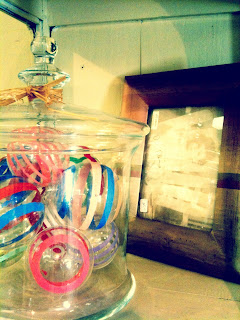This stuff is amazing. Really. You'll want to poke it to make sure it's really there.
So, what is it?? Museum Glass is the highest quality anti-reflective picture framing glass available in the industry. Tru Vue® has a proprietary manufacturing process, called Magnetron Sputtering, which produces an ultra protective, nearly invisible finish. It protects against 99% of harmful indoor and outdoor UV light rays and has the highest light transmission along with the lowest reflection rating of any other glass product.
Museum Glass review:
-Reduces reflection by over 85% (to less than 1% of total light), the lowest possible reflection rating available with UV protection
-Provides the highest brightness and contrast levels available
-Optimal clarity for true color transmission
-Greatest color neutrality
-Protect works of art against 99% of harmful indoor and outdoor UV light rays
-Excellent for any artwork that would benefit from reflection-free viewing with UV protection
-Especially useful with shadow boxes, multiple mat, or deep framing projects
Museum Glass mayhem! Check this out. We might be strange...but we like to have fun! http://www.youtube.com/watch?v=s-E2Y-OKD44
Consider yourself warned: once you've had the real thing...you'll never go back.
















